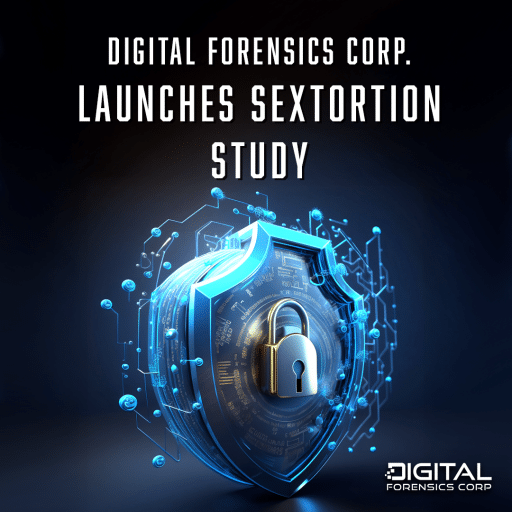Every year cyber criminals are getting smarter, and their skills are improved phishing. According to statistics about 305 phishing emails get opened, which makes it popular among the other critical hacks.
Boards of specialists how to recognize phishing e-mail messages:
1. Fake e-mail messages. The message appears as if sent to the company with which you do business, and provides a warning about the need to verify the account information that would otherwise be disabled;
2. Fake Web sites. Web sites may make may look trusted sites. Simply by chance, sites can automatically download malicious software such as viruses or spyware. Then, spyware can record keystrokes that you can use to log into personal online accounts. What information is sent Fischer. This can prevent certain type of attack that, by downloading and installing anti-spyware software, such as anti-spyware software Microsoft;
3. The urgent nature of the writing style. Phishing e-mails are usually distinguished by a polite and gracious form. It is almost always prompts the user to reply to the message or click a link included in the message. To improve the likelihood of response to the letter creates the appearance of urgency, so that the user replied immediately, without hesitation. Usually, the fake e-mail messages are not addressed personally to the user, while the real message from the user bank or company engaged in e-commerce, usually contain personal appeal;
4. Poor grammar mistakes and fonts. Obviously, the corporate communications department will send messages to its customer base after a complete check and verify it through several rounds of spelling and grammar checking, editing and proofreading. If the e-mail message you receive contains such errors, it is fraud.
Unfortunately, phishing attacks are becoming more sophisticated, and the average user is not easy to recognize fake emails and websites. That is why phishing schemes so commonly and successfully used by hackers.






